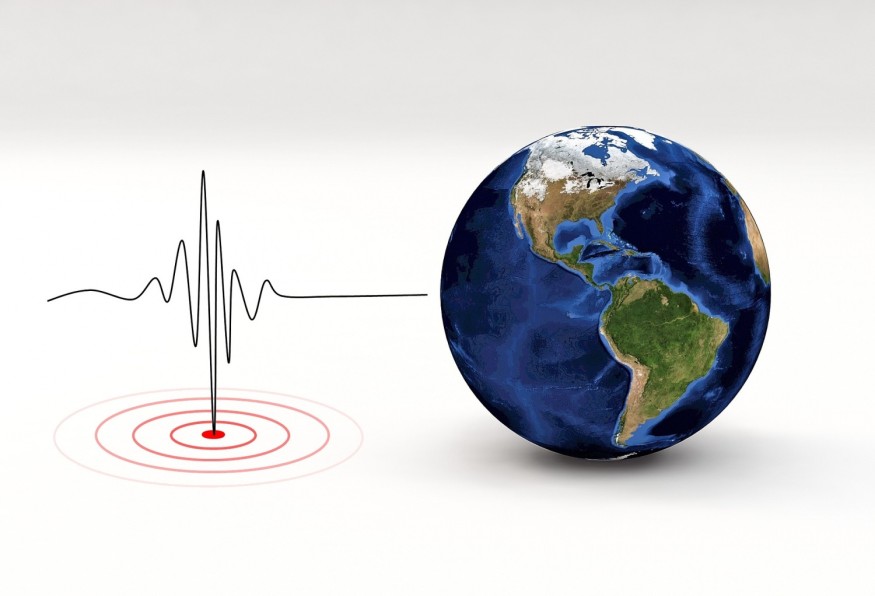Early on Jan. 22, a powerful offshore earthquake shook Oita and Miyazaki prefectures in southern Japan, inflicting minor injuries among startled people but no substantial damage aside from ruptured water mains.

Japanese Earthquake
At 1:08 a.m., the earthquake struck. In the two prefectures on Kyushu's major southern island, the highest five on the Japan Meteorological Agency's intensity scale of 7 was recorded. It was predicted to have a magnitude of 6.6. There was no tsunami warning issued.
Oita, Saiki, and Taketa in Oita Prefecture, and Nobeoka and Takachiho in Miyazaki Prefecture, were among the municipalities that recorded upper five intensities.
According to Saiki municipal government authorities, three residents were brought to hospitals by ambulance. A guy in his 80s was alleged to have fallen while attempting to flee, and a falling object struck another in his 60s at home. A lady evacuated to the Saiki government building expressed her dissatisfaction with her health.
In Oita city, water mains ruptured in eight spots, injuring three individuals.
A man in his 40s was rushed to the hospital with a facial injury after falling at home, according to the Hyuga fire department in Miyazaki Prefecture. The tremor collapsed electrical poles in the city of Nobeoka.
Injuries were also reported in the prefectures of Kumamoto, Saga, and Yamaguchi.
According to company officials, no anomalies have been observed at Kyushu Electric Power Co.'s Genkai nuclear power plant in Saga Prefecture or its Sendai nuclear power facility in Kagoshima Prefecture.
However, the earthquake caused service disruptions on the Kyushu Shinkansen bullet train and several local lines, mainly Oita Prefecture.
According to a meteorological agency official, the epicenter of the quake occurred in the Hyuganada Sea, which is part of the Nankai Trough, an approximately 4-kilometer depression on the seabed that stretches 700 kilometers from Suruga Bay in Shizuoka Prefecture to places off eastern Kyushu.
The quake occurred significantly deeper than the expected focus of a Nankai Trough earthquake on the border of the continental and oceanic plates, according to Shinya Tsukada, director of the JMA's Earthquake and Tsunami Observation Division.
Take shelter immediately wherever you are when an earthquake strikes. If necessary, take a few steps to a nearby safe location. Stay still until the trembling stops.
During the Quake

"DROP, COVER, HOLD" if you're inside. If you're outside, find a spot that's free of obstructions.
After the Quake
Be on the lookout for aftershocks. Secondary effects should be avoided. Although ground-shaking is the most common cause of earthquake damage, secondary effects can be devastating. Landslides, wet sandy soils that become mushy and unstable, floods of low-lying places, and tsunamis pouring across coasts are just a few examples.
For similar news, don't forget to follow Nature World News!
© 2025 NatureWorldNews.com All rights reserved. Do not reproduce without permission.





